Key Takeaways
- Ant stings range from mildly annoying (carpenter ants) to quite painful (fire ants, harvester ants).
- Immediate symptoms typically include sharp pain, redness, swelling, itching, and blisters.
- Quick treatment (washing, icing, anti-itch creams, antihistamines) can relieve pain and prevent complications.
- Watch out for severe allergic reactions and infections, which require immediate medical attention.
- Prevention is your best strategy: wear protective clothing, maintain your yard, and seal your home to keep ants away.
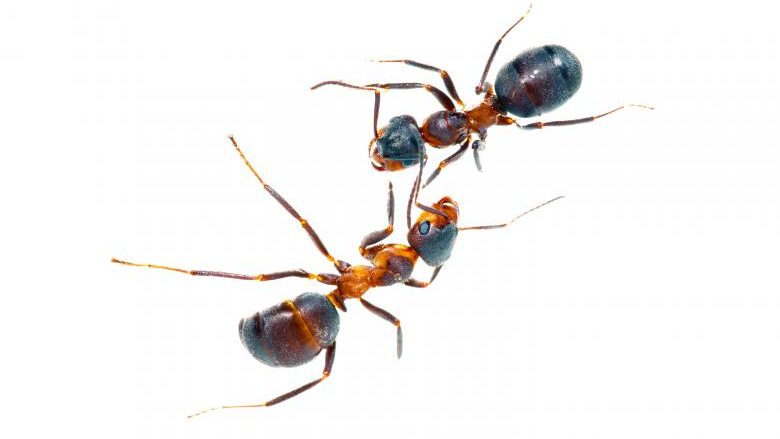 Let’s face it – anyone enjoys facing insects, especially those who bite or sting. Ants may find small and harmless at first glance, but if you have ever experienced a painful ant sting, you already know that they can suggest their size.
But you can be surprised – are the ant stings really painful, and should you be worried? Honestly, it depends a lot on the ant species. Let me explain.
Let’s face it – anyone enjoys facing insects, especially those who bite or sting. Ants may find small and harmless at first glance, but if you have ever experienced a painful ant sting, you already know that they can suggest their size.
But you can be surprised – are the ant stings really painful, and should you be worried? Honestly, it depends a lot on the ant species. Let me explain.
Why Do Ant Stings Hurt, Anyway?
- You know what? When ants sting, they’re not just pesky—they defend themselves by injecting venom to keep threats at bay. And yes, that’s exactly as uncomfortable as it sounds. Ants belong to the same family as bees and wasps, meaning they’re equipped with venom-filled stingers designed to pack a punch.
Not all ants are created equal, though. Each species has its unique type of venom, varying from mild irritations to sharp, burning sensations:
-
Fire Ants: Inject solenopsin venom that causes intense burning pain, swelling, and painful, fluid-filled blisters.
-
Harvester Ants: Deliver stings that rival bees or wasps in pain, leaving noticeable swelling and discomfort.
-
Common Household Ants: Carpenter ants may bite rather than sting, usually causing only mild irritation or discomfort.
Ants You Should Watch Out for in the US
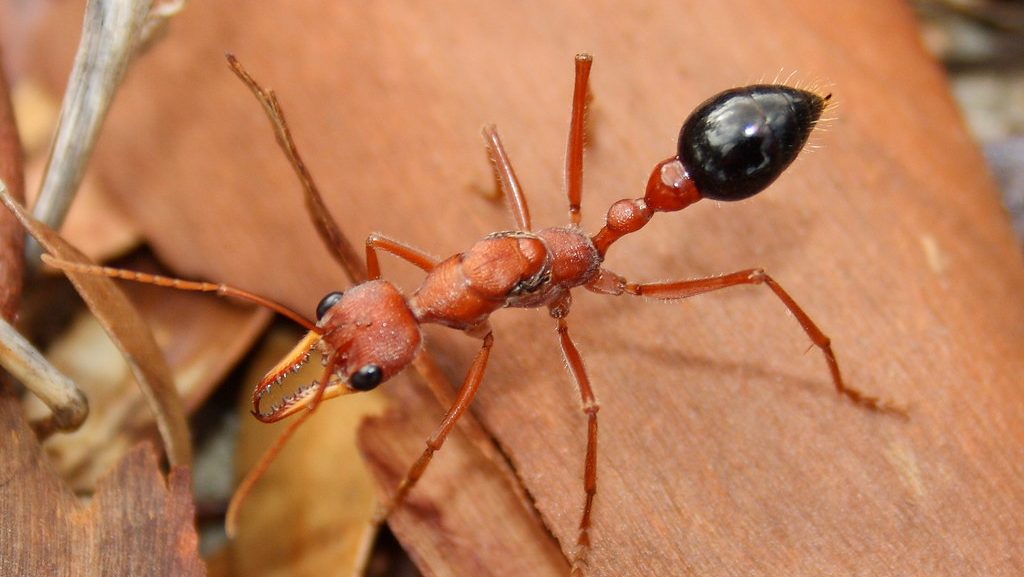

Not getting a solution?
Get your free pest control estimate today!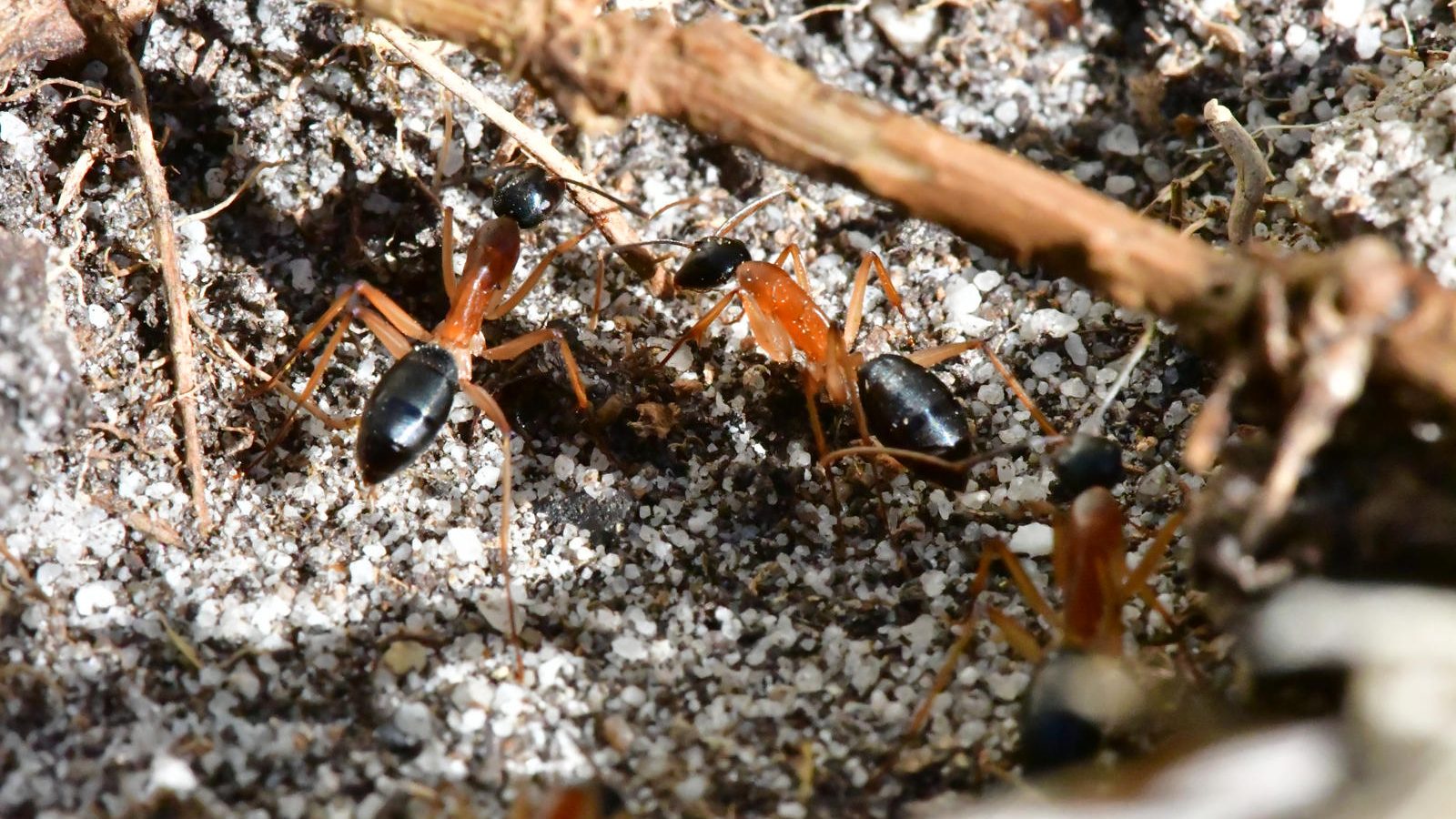 Harvester Ants: Pain You Didn’t See Coming
Harvester ants, predominantly found in the Southwest—like Arizona, New Mexico, Nevada, and parts of Texas—might look less intimidating, but don’t underestimate them. Unlike fire ants, they usually don’t swarm aggressively. But if disturbed, a single harvester ant can deliver a sharp, intense sting that many compare to a wasp’s sting—or worse. Expect swelling, redness, and lingering pain to remind you to give these guys their space next time.
Harvester Ants: Pain You Didn’t See Coming
Harvester ants, predominantly found in the Southwest—like Arizona, New Mexico, Nevada, and parts of Texas—might look less intimidating, but don’t underestimate them. Unlike fire ants, they usually don’t swarm aggressively. But if disturbed, a single harvester ant can deliver a sharp, intense sting that many compare to a wasp’s sting—or worse. Expect swelling, redness, and lingering pain to remind you to give these guys their space next time.
 Carpenter Ants: More Bark Than Bite
Finally, some good news! Carpenter ants, commonly found all over the US, mainly where damp or decaying wood exists, rarely sting. Sure, they might bite you if they’re feeling threatened, but their bite is more irritating than genuinely painful. Usually, a small red bump and mild itching are all you’ll endure.
Carpenter Ants: More Bark Than Bite
Finally, some good news! Carpenter ants, commonly found all over the US, mainly where damp or decaying wood exists, rarely sting. Sure, they might bite you if they’re feeling threatened, but their bite is more irritating than genuinely painful. Usually, a small red bump and mild itching are all you’ll endure.
How Do You Recognize Ant Sting Symptoms?
- Knowing what an ant sting looks and feels like can save you some stress. Typical symptoms include:
-
Sharp Pain or Burning: A sudden sting or burning feeling at the sting site is usually the first noticeable symptom.
-
Redness and Swelling: The area becomes red and swollen and often forms welts soon after the sting.
-
Itchiness: Itching follows the pain and can linger for days—avoid scratching to prevent infection.
-
Fluid-Filled Blisters: Fire ant stings often result in small blisters that may resemble pimples or pustules.

Got Stung? Here's Exactly What to Do
- The key to managing ant stings is quick action—here’s a simple step-by-step guide:
-
Act Fast and Remove Ants: Quickly brush or rinse off ants to stop further stings and minimize venom exposure.
-
Clean the Area: Wash with soap and cool water to reduce the risk of infection and remove surface venom.
-
Use Ice Packs: Apply a cold compress in 10-minute intervals to reduce swelling and numb the pain.
-
Apply Anti-Itch Creams: Use hydrocortisone cream or calamine lotion to relieve itchiness and irritation.
-
Take Oral Antihistamines: Benadryl, Claritin, or similar OTC antihistamines can reduce allergic symptoms and itch.
-
Pain Relief: Use ibuprofen or acetaminophen to help manage sting-related pain and inflammation.
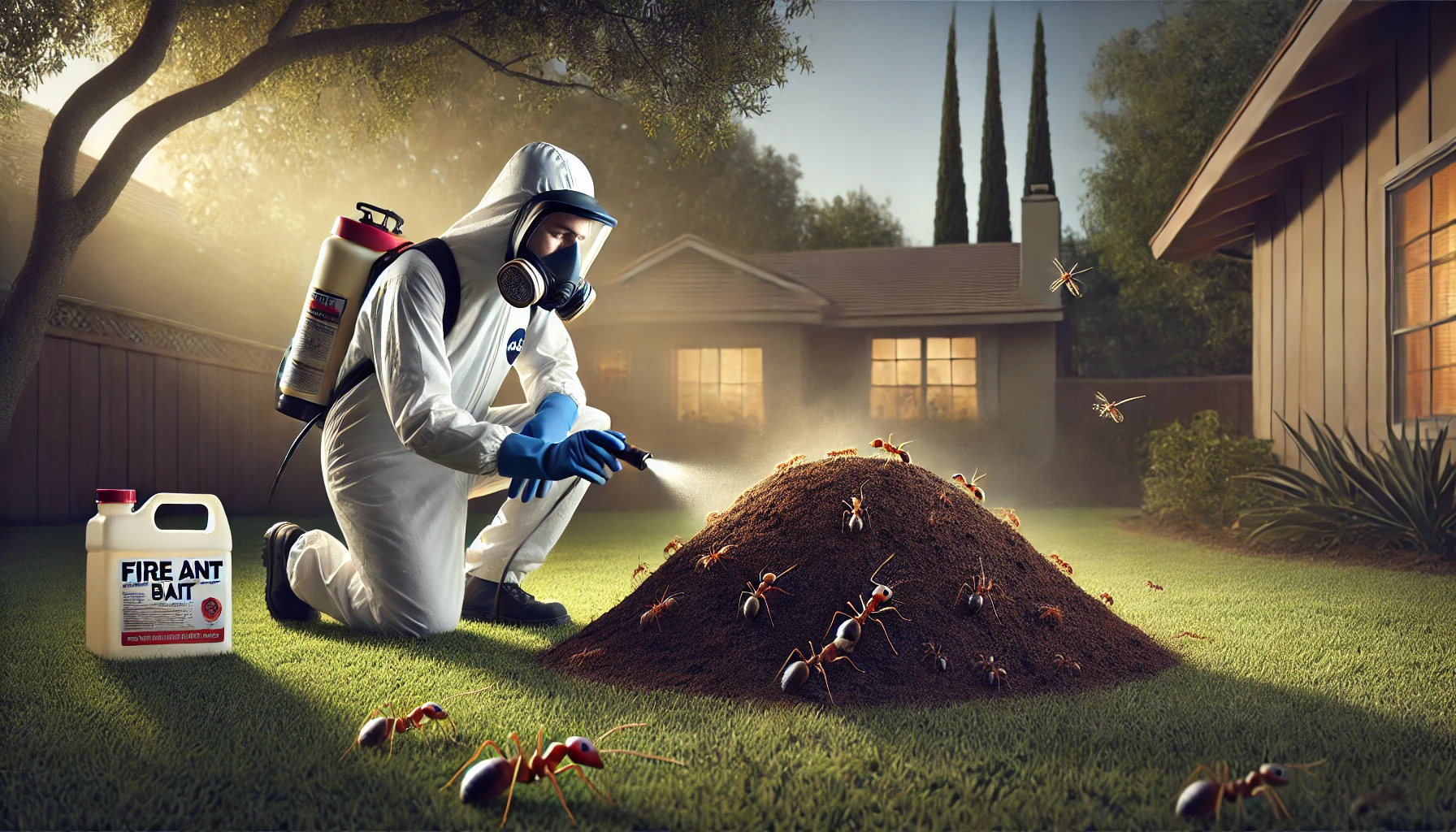
When is Medical Help Actually Necessary?
Ant stings generally heal fine at home, but there are exceptions. Don’t take risks—seek immediate medical care if you:- Notice any difficulty breathing or severe swelling.
- Experience signs of a severe allergic reaction like rapid heartbeat, dizziness, or faintness.
- Have multiple stings, especially for young kids or known allergy sufferers.
- Notice signs of infection—like increased pain, heat, redness, or pus at the sting site.
Keeping Ants Away: Practical Tips You’ll Appreciate
- You know what’s better than treating ant stings? Not getting stung at all. Here are some easy prevention tips that really work:
-
Stay Vigilant and Identify Ant Colonies: Watch for ant mounds in your yard and avoid disturbing them to prevent stings.
-
Wear Protective Gear Outdoors: Cover your skin with shoes, socks, gloves, and long pants when gardening or spending time outside.
-
Maintain Your Yard: Regular mowing, debris removal, and using ant bait can help control and reduce nearby colonies.
-
Secure Your Home: Seal cracks, clean often, and store food properly to keep ants from invading your living space.
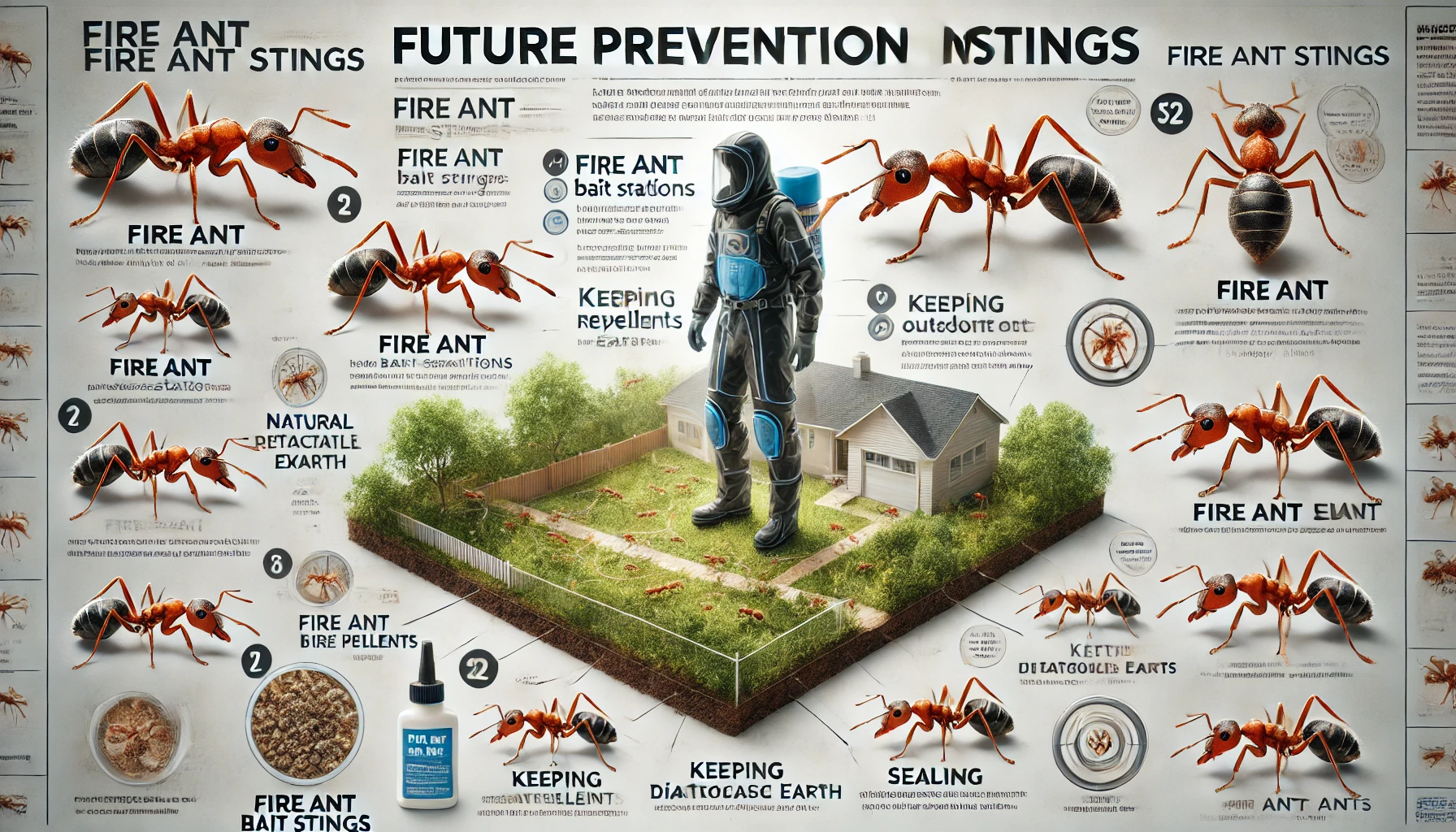 Implementing these tips can drastically cut down your chances of painful run-ins with ants. And let’s be real—avoiding ant stings sounds way better than dealing with the aftermath.
If you feel things have gotten out of control, contact pest control professionals. Our team can customize a plan to protect your home effectively.
Implementing these tips can drastically cut down your chances of painful run-ins with ants. And let’s be real—avoiding ant stings sounds way better than dealing with the aftermath.
If you feel things have gotten out of control, contact pest control professionals. Our team can customize a plan to protect your home effectively.
Visit our Species, Control, and DIY Guide sections for additional resources on ants and ways to tackle an ant infestation.





